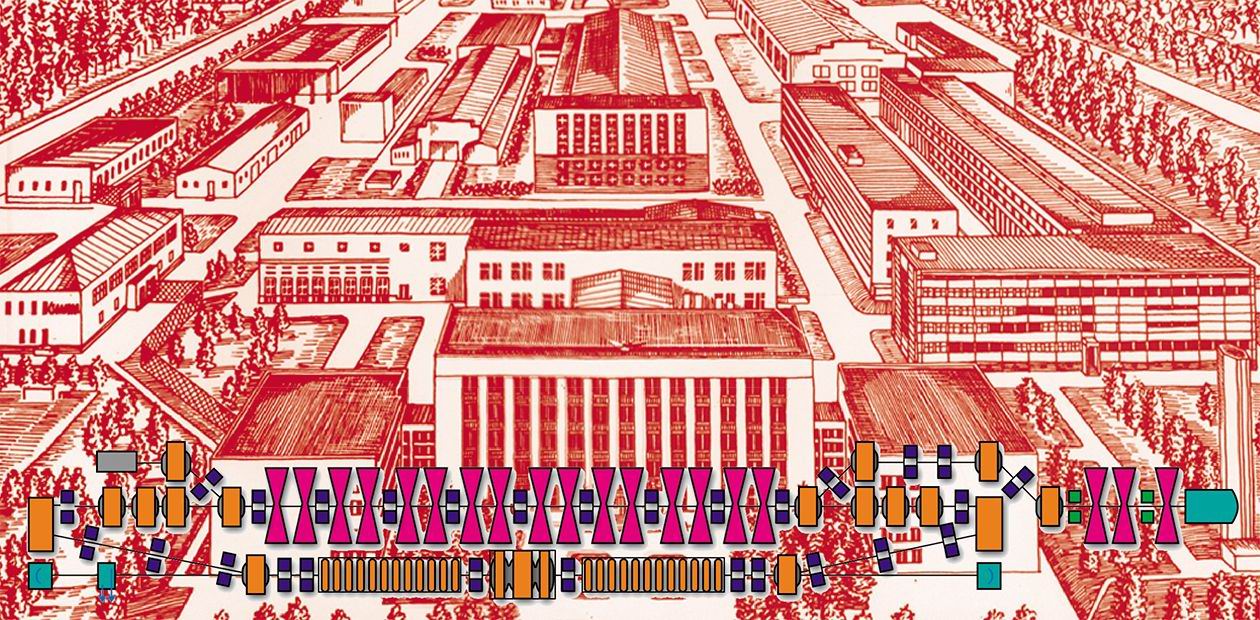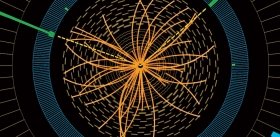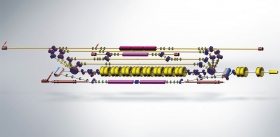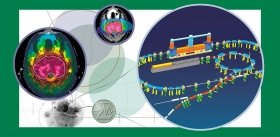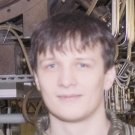Tour of the Institute of Nuclear Physics: Let There Be Light!
We are ready to meet the journalists. We are excited: not every day and not everyone gets a chance to talk about their work, and we could tell about our Free Electron Laser (FEL), a large facility whose design was taken up by the best minds of the Institute of Nuclear Physics twenty years ago.
The main advantage of our laser is that it allows the radiation wavelength to be adjusted in a wide range, from 0.1 to 0.2 mm. What is more, within this range its beam is most powerful.
FEL consists of two parts, an accelerator-recuperator and an undulator. To describe the processes in FEL shortly, an electron beam is first accelerated in the accelerator-recuperator. Then, interacting with an electromagnetic wave in the undulator, the beam slows down, giving its energy back to the accelerating unit of the machine. Then the beam comes to the absorber where it “dies heroically” having done its job by enhancing the electromagnetic wave in the undulator. After being reflected from the mirrors of the optical resonator, the wave interacts with a new electron beam. The power of the electromagnetic wave increases sharply and very soon, in several milliseconds, reaches the saturation mode. Part of this power, laser radiation, is what the users receive for their work.
We can talk about our laser for hours, but it is better to see it with your own eyes. That is why we go to the “sanctum sanctorum” of the FEL, the accelerator room.
Laser is a source of electromagnetic radiation (infrared, visible, and ultraviolet), based on stimulated emission of atoms and molecules. Compared with other sources of light, laser radiation is monochromatic (it is in a narrow wavelength range) and highly directional. Lasers differ in energy pumping and in the lasing medium. The medium for FEL is electrons accelerated to relativistic speeds in the accelerator of elementary particles.
Concrete walls of the accelerator room are three meters thick. This is necessary for ensuring radiation safety, for when the accelerator is running the radiation level in the room increases.
By the way, everything is perfectly in order with safety at our laser setup. First of all, before the accelerator is switched on, the buttons are pressed to inform the personnel about this. A gloomy voice kindly asks you to leave the room. After that you take the keys of all the doors of the accelerator room and go to the keys assembling place. There you put them in the dashboard and turn. Only then it is possible to start the accelerator. The whole procedure resembles a lot movies about the launching of nuclear missiles.
There are certain safety measures for the machine, too. Well, you have to care for it to obtain a flash of the precious “light”. All units of the FEL accelerator are equipped with heat sensors. If a unit of the machine gets severely overheated, the computer responsible for the processing sensor signals lets out a very unpleasant, piercing sound. So, at that very moment the operator will run to check why the machine parts are overheated. Moreover, the facility also has beam current sensors. If the current is lost in one section, the machine is immediately shut down to prevent the formation of “holes” in the vacuum chamber.
Currently FEL can operate at the radiation wavelength from 120 to 235 micrometers. There are few lasers emitting in this submillimeter range, even though it is this range that intrigues scientists all over the world today.
The power in the cavity is about 10 kW, and the users are provided with radiation power of up to 400 W. Now the first single-track line of the laser operates in the accelerator room. We are planning to launch a second four-track line, where the energy of the electron beam will reach 50 MeV. It will allow the wavelength to be varied from 5 to 200 micrometers, and the radiation power received by the users will reach several kilowatts.
As for the users, they are scientists — physicists, biologists, chemists — who provide us with a positive feedback. Ultimately, nothing should exist for its own sake. That is why it is the users who call the tune, and physicists must do their best to make good pipers.
The best point to finish the excursion over our laser facility is the user stations. Here, at each separate outlet of submillimetre radiation the scientists can assemble their setups and run experiments. The wavelength range of our laser is of interest for various specialists. And it is far from being fully studied — both we and our laser have a long way to go.


